A Listening Experience That Lives And Breathes
Rediscovering Miles Davis – Why This Vinyl Feels So Alive
There’s something about Kind of Blue that doesn’t just ask to be heard—it asks to be felt. It is a weird album like you feel you want to be immersed. The 2015 black vinyl edition doesn’t just revive the album; it reanimates it. From the moment the needle touches down, the room shifts. You’re no longer listening to a recording—you’re sitting in the studio, surrounded by Miles Davis, John Coltrane, Cannonball Adderley, Bill Evans, Paul Chambers, and Jimmy Cobb. The sound is warm, but not muddy. It’s clean, but never cold. The stereo field is so precise you can almost point to where each player is standing. This isn’t just a good pressing—it’s a masterclass in how vinyl can carry emotional weight. Compared to the remastered CD, this version breathes deeper, swings looser, and lands harder. It’s not just better—it’s truer. And for those of us who connect with jazz on a visceral level, this vinyl feels like home. It’s the kind of record that makes you pause mid-thought just to listen. It doesn’t demand attention—it earns it. And once you’re in, it’s hard to leave.

What Makes This Pressing Special – Format And Fidelity
| Detail | Description |
|---|---|
| Format | 180-gram black vinyl LP |
| Release Year | 2015 |
| Label | Columbia / Legacy / Sony Music |
| Mastering Location | Record Industry, Netherlands |
| Track Count | 5 tracks (2 on Side A, 3 on Side B) |
| Recording Type | Stereo |
| Original Recording Dates | March 2 and April 22, 1959 |
| Musicians Featured | Davis, Coltrane, Adderley, Evans, Chambers, Cobb |
| Genre | Modal Jazz |
| Soundstage Characteristics | Wide, balanced, immersive |
| Playback Compatibility | Standard 33 1/3 RPM turntables |
Why It Resonates – A Personal Connection To The Sound
Jazz isn’t for everyone. It’s spacious, unpredictable, and emotionally layered. But for those who fall into its rhythm, Kind of Blue becomes more than an album—it becomes a companion. This vinyl edition makes that connection even stronger. There’s a ritual to it: sliding the record from its sleeve, setting it on the turntable, watching the stylus drop. And then it begins. “So What” doesn’t just play—it unfolds. The brushed drums whisper, the bass walks with quiet confidence, and Miles’ trumpet floats like a thought you almost forgot. It’s not just technically impressive—it’s emotionally precise. You don’t just hear the music—you feel the space between the notes. That space becomes a kind of mirror. It reflects and actual understanding and how your mood changes, your pace, your breath. Some nights it feels like meditation, others like conversation. Either way, it meets you exactly at that time and space where you are. And that’s rare.
Listening Rituals And Emotional Highlights
- The trumpet feels like it’s speaking directly to you
- Bill Evans’ piano sounds like memory in motion
- The bass lines are steady, grounding everything with grace
- Jimmy Cobb’s brushwork adds texture without distraction
- “Blue In Green” feels like a quiet conversation with yourself
- “All Blues” swings with a kind of effortless cool
- The stereo field gives each player room to breathe
- Vinyl playback reveals subtleties lost in digital formats
- The album feels alive, not archived
- Listening becomes a moment, not a habit
- “Flamenco Sketches” feels like a slow exhale
- The transitions between tracks are seamless and natural
- The record encourages stillness, not multitasking
- It’s a perfect soundtrack for solitude
- Every listen feels slightly different, depending on your state of mind
The Soundstage Speaks – Placement, Texture, And Presence
One of the most striking things about this vinyl is how clearly it defines space. You don’t just hear instruments—you locate them. Coltrane’s tenor sax leans left, Miles’ trumpet hovers just right of center, and Evans’ piano drifts gently to the far left. The bass sits low and central, anchoring everything. The drums are tucked behind, subtle but essential. This isn’t just stereo—it’s architecture. The mastering respects the original dynamics, letting the music breathe without compression. It’s clinical in its precision, but never sterile. The result is a soundstage that feels like a room you can walk through. And once you’ve heard it this way, it’s hard to go back. The clarity doesn’t flatten the emotion—it enhances it. You start to notice how the musicians respond to each other in real time. There’s a sense of presence with Miles Davis that’s almost eerie as he had something. It’s not just a performance—it’s a moment captured in air. And this pressing lets you step right into it.
Instrument Placement And Tonal Character
| Instrument | Location In Mix | Tonal Quality | Role In Ensemble |
|---|---|---|---|
| Trumpet | Center-right | Warm, expressive | Lead voice |
| Alto Saxophone | Far right | Bright, lyrical | Harmonic color |
| Tenor Saxophone | Left-center | Deep, resonant | Melodic anchor |
| Piano | Left | Gentle, introspective | Harmonic bed |
| Bass | Center | Grounded, steady | Rhythmic spine |
| Drums | Rear-left | Textured, soft | Ambient pulse |
Why This Version Stands Out – Beyond Format And Fidelity
There are plenty of ways to hear Kind of Blue. You can stream it, download it, buy a remastered CD. But none of those formats feel like this. The 2015 black vinyl doesn’t just sound better—it feels more honest. There’s a kind of imperfection in analog playback that makes the music more human. The occasional crackle, the warmth of the groove, the way the sound blooms from the speakers—it’s all part of the experience. This isn’t just nostalgia. It’s a reminder that music is physical, emotional, and alive. I don’t know exactly why this album feels so special to me. Maybe it’s the way it balances complexity with calm. Or maybe it’s just that it never tries too hard—it just is. And that’s enough. It doesn’t need to impress—it just needs to exist. And in doing so, it becomes unforgettable.
Reflections And Listening Habits
- I play it late at night, when everything’s quiet
- I never skip tracks ever—it’s meant to be heard whole
- Headphones reveal details, but speakers give it breath
- The album shifts depending on my mood
- It’s my reference point for what jazz should sound like
- I recommend it to all curious about sound and jazz as it is not inviting
- It reminds me that restraint can be powerful
- “Flamenco Sketches” always feels like a new discovery
- The sleeve feels like holding history
- I return to it more than any other record
- It’s the one I reach for when I don’t know what I need
- It never overwhelms—it invites
- It’s taught me to listen more slowly
- It’s helped me understand silence as part of music
- It’s become part of my internal rhythm
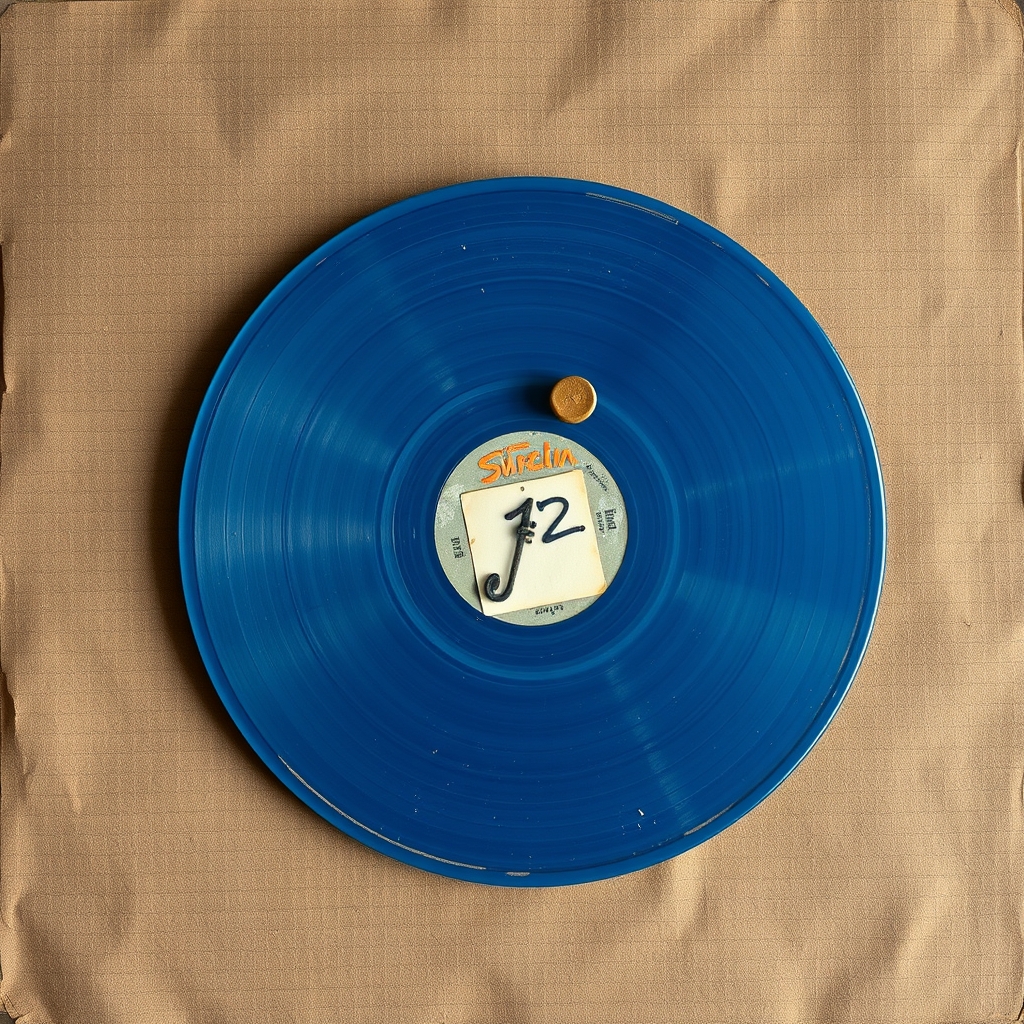
The Packaging Matters – Tactile Design And Visual Memory
Holding this vinyl is part of the experience. The matte black sleeve, the iconic cover photo, the weight of the record—it all contributes to the ritual. The typography is understated, letting the music speak for itself. The liner notes, if included, feel like a quiet conversation with history. There’s something grounding about physical media in a digital world. You can’t swipe past it. You have to engage. The act of flipping the record becomes a pause, a breath. It’s not just packaging—it’s presence. And that presence lingers long after the music ends.
A Cultural Touchstone – Why This Album Still Matters
Kind of Blue isn’t just a jazz record—it’s a cultural landmark. It shaped how musicians think about improvisation, space, and tone. It influenced artists far beyond jazz—from classical composers to hip-hop producers. The album’s modal structure opened new doors for musical exploration. And yet, it remains deeply accessible. That’s the paradox—it’s both revolutionary and comforting. The 2015 vinyl doesn’t just preserve that legacy—it amplifies it. It reminds us that innovation can change without shine and it doesn’t have to be loud. Sometimes, it’s quiet. And that quiet can echo for generations.
Vinyl As Philosophy – Why Format Shapes Feeling
Listening to this album on vinyl isn’t just about sound quality—it’s about mindset. It slows you down. It asks for your attention. It rewards patience. In a world of endless playlists and background noise, this record becomes a form of resistance. It says: sit down, breathe, listen. The format shapes the experience. It turns music into a moment. And that moment becomes memory. Vinyl isn’t just a medium—it’s a message. It tells you that music matters enough to be held, flipped, and focused on. It’s not passive—it’s participatory. And when the music is this good, that participation becomes sacred. You’re not just consuming—you’re communing. And that’s why this pressing feels like more than just a product—it feels like a philosophy.

Closing Thoughts On A Sonic Masterpiece
Miles Davis’ Kind of Blue on 2015 black vinyl isn’t just a reissue—it’s a reaffirmation of what music can be. It bridges technical excellence with emotional depth. It rewards attentive listening and invites repeated exploration. For those who value soundstage clarity, analog warmth, and musical intimacy, this edition is essential. It’s not just a perfect vinyl—it’s a perfect experience. Whether you’re a seasoned jazz enthusiast or just starting to explore, this album offers something rare: a direct line to the heart of the music. It’s timeless, intricate, and deeply human. The vinyl format gives it breath, space, and soul. It’s not just about hearing—it’s about feeling. And once you’ve felt it, you’ll understand why this record continues to matter. It’s not just a classic—it’s a living archive. It doesn’t age—it evolves. And every time you play it, it teaches you something new. That’s the mark of true art. And this vinyl lets it speak clearly.
Join The Discussion
What does Kind of Blue mean to you? Do you hear something new each time you play it?
#MilesDavis #KindOfBlue #VinylRevival #JazzEssentials #AnalogSound #SoundstageMagic #ModalJazz #VinylListening #JazzOnVinyl #TrueSoundExperience
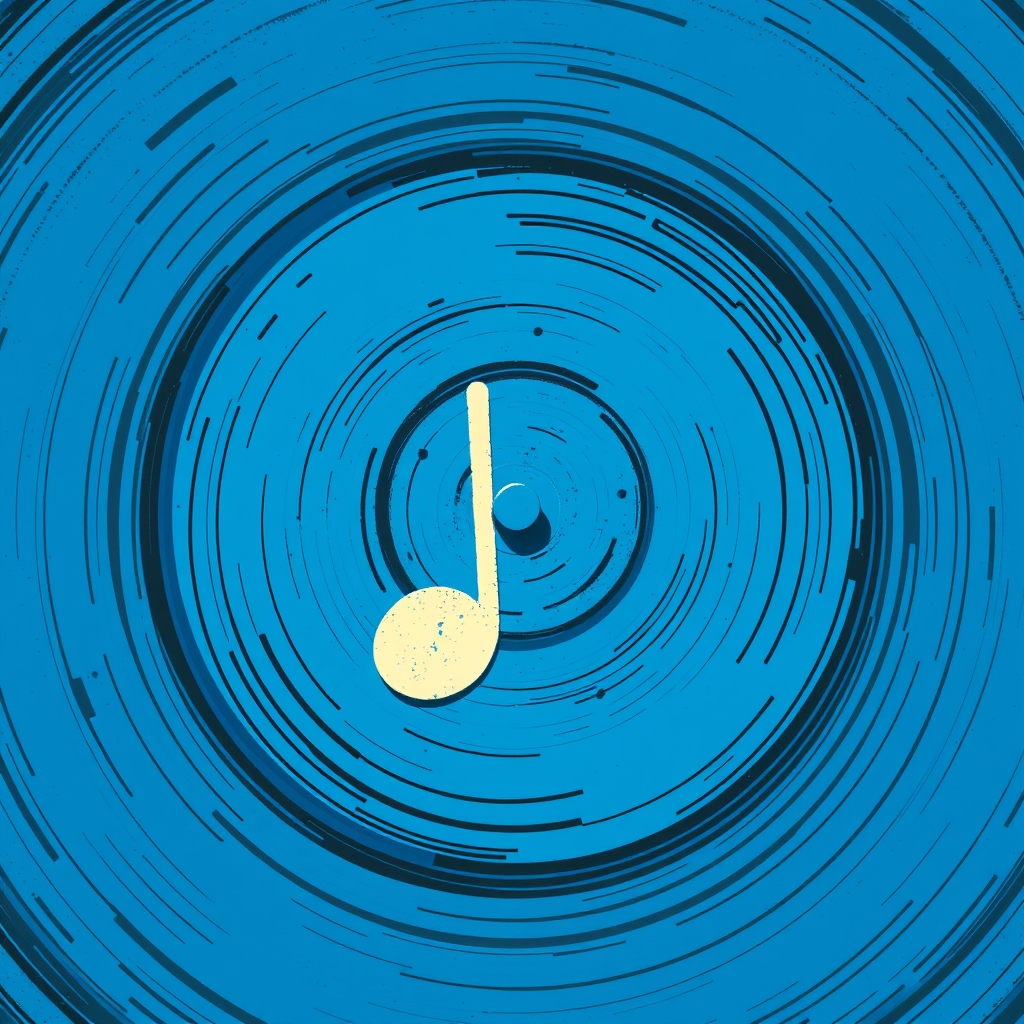

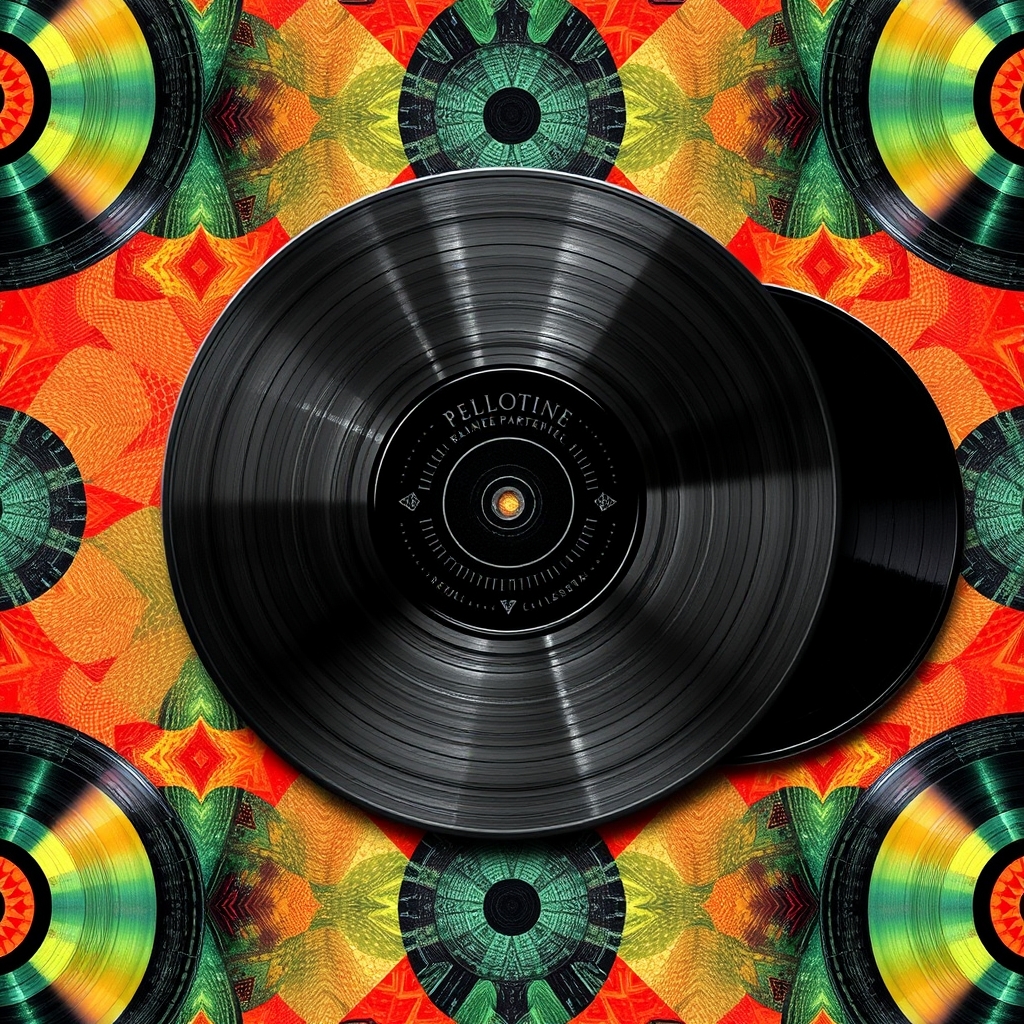




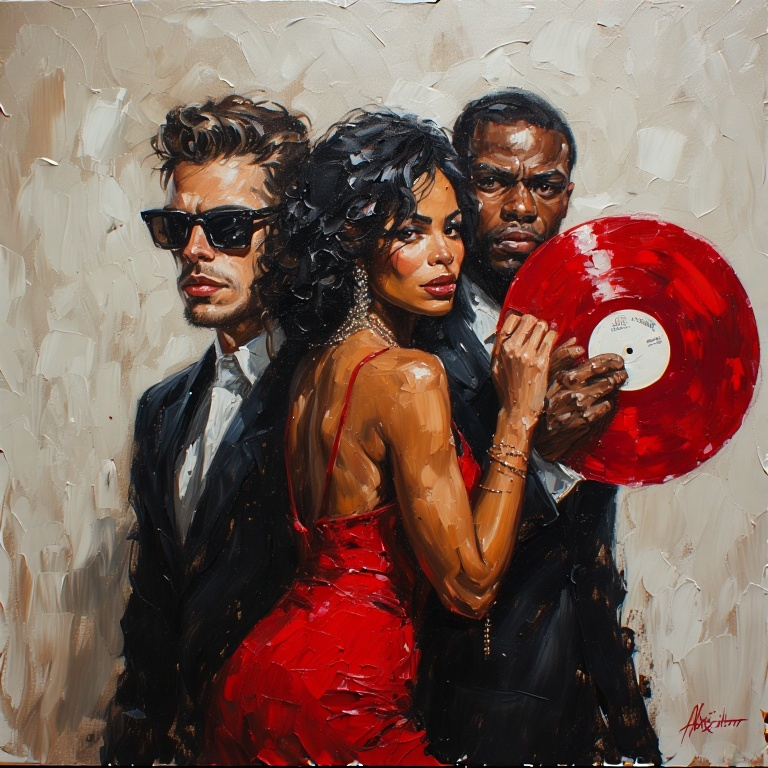
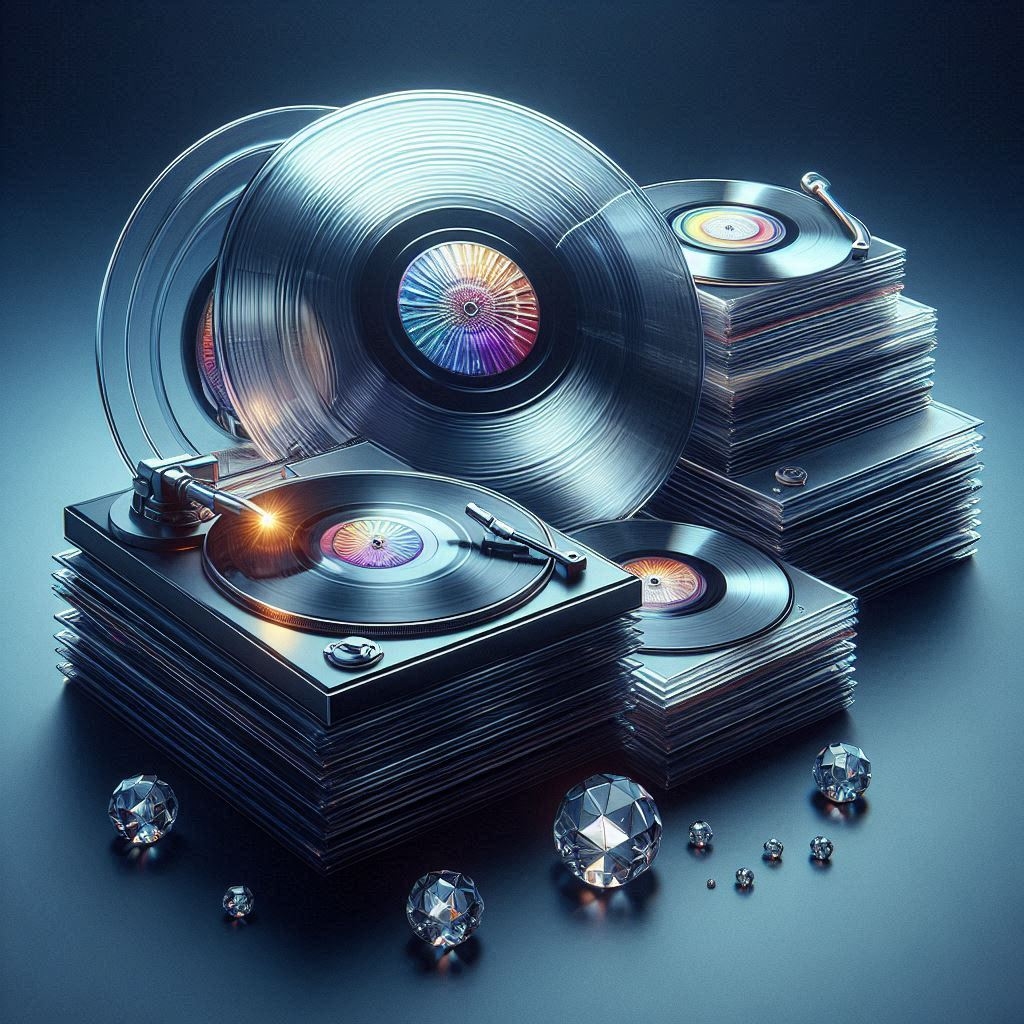





Leave a Reply